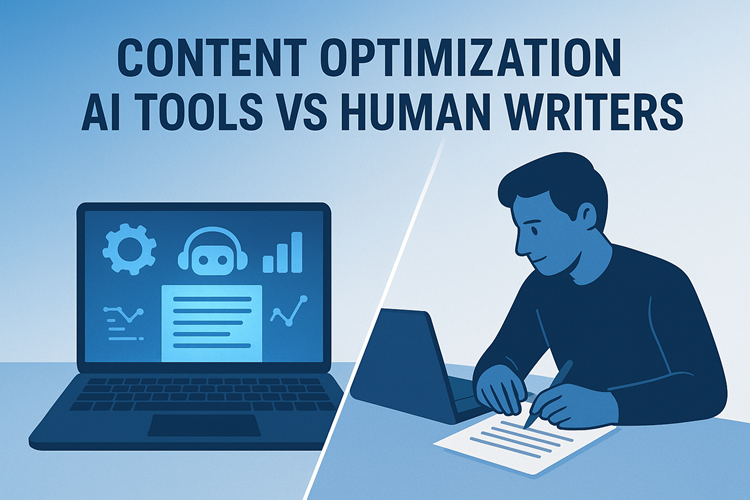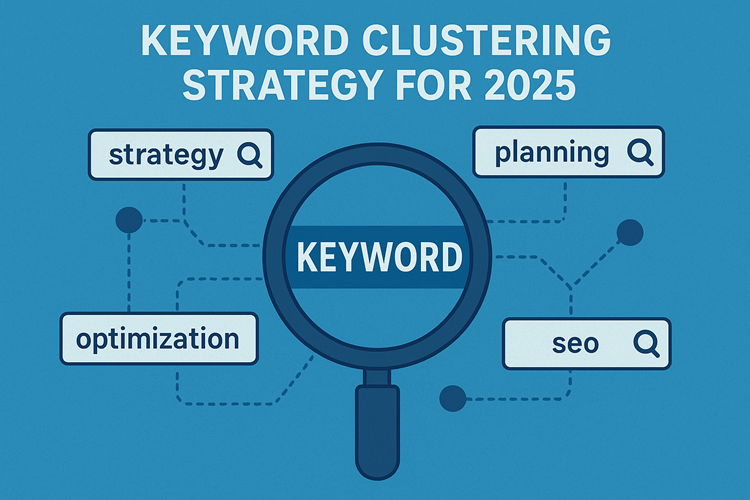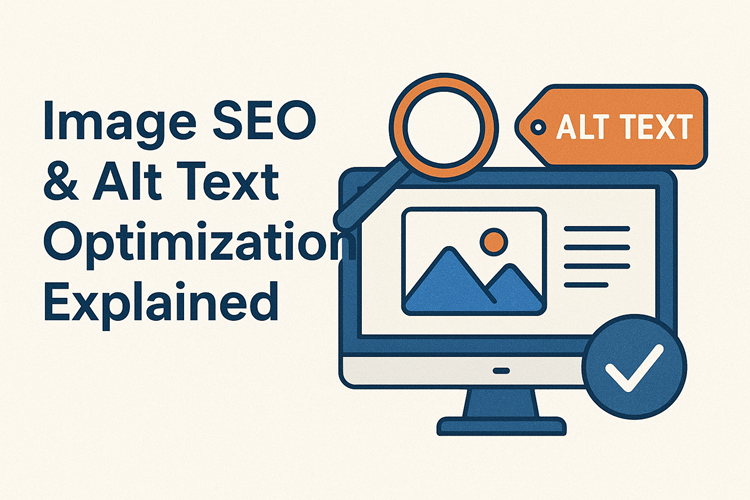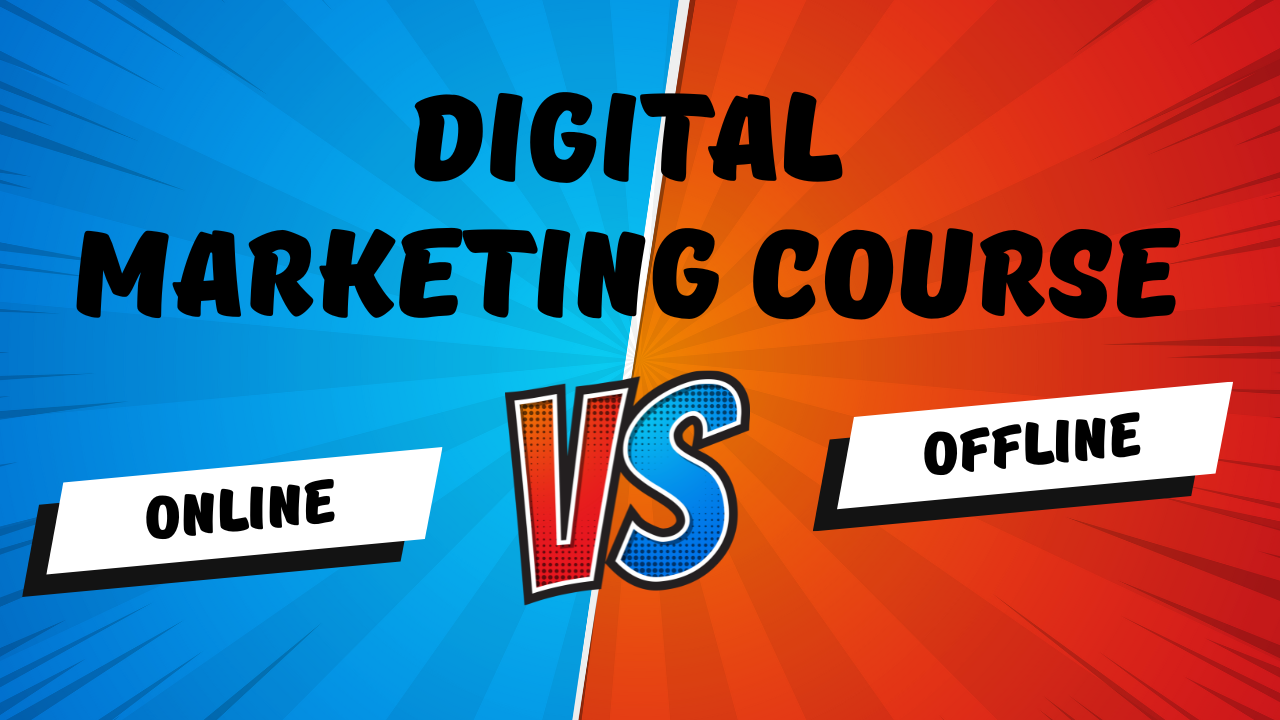How to Learn AI in 2025 — Even If You’re Still in High School
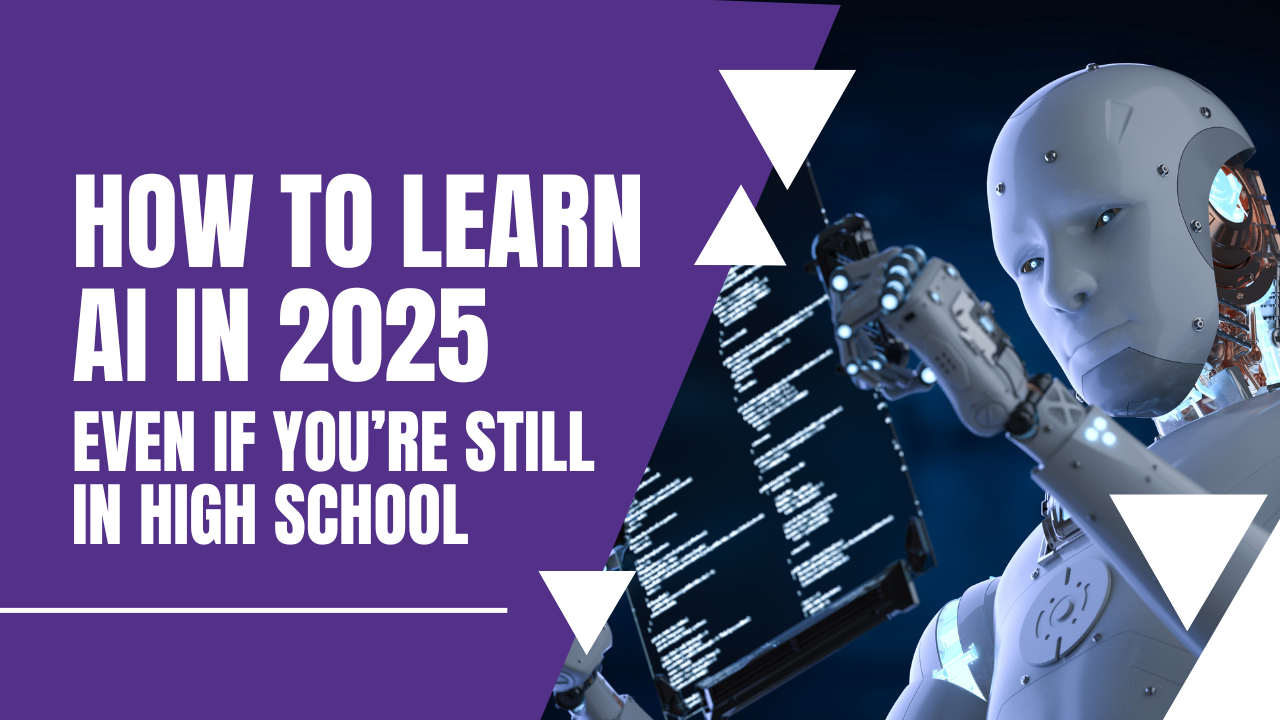
Let’s get one thing straight: Artificial Intelligence isn’t the future. It’s the now. From the algorithms curating your social feed to the intelligence behind autonomous vehicles, AI is already redefining how we live, work, and think.
And if you're still in high school, here's the power move: start learning AI before the rest of the world catches up.
This isn’t about being a tech wizard or coding prodigy. It’s about understanding where the world is headed — and positioning yourself ahead of it.
Why AI? Why Now?
1. The AI Job Market Is on Fire
We’re talking exponential demand. AI isn't a niche anymore — it's a foundational layer across industries. Whether it’s finance, healthcare, education, or entertainment, employers are hungry for minds that understand AI. Early movers will own the space.
2. Learning Barriers? Gone.
You no longer need a Stanford degree or $10k bootcamp to get in. High-quality learning is now democratized — Coursera, YouTube, DataCamp — it’s all there, waiting. You just need initiative.
3. Cost to Play? Minimal.
With open-source libraries like TensorFlow and PyTorch, you can start building serious models from your laptop — no supercomputer required. The tools are powerful, accessible, and (mostly) free.
What You Actually Need to Learn
Forget the noise. Here’s the core stack:
- Python: The language of AI. Clean, readable, and ridiculously versatile. Learn it. Master it. Build with it.
- Math (Yes, the Useful Kind): You’ll need to flirt with algebra, probability, and linear algebra. Not to pass a test — but to think like a machine.
- Machine Learning Fundamentals: Understand how systems learn from data. This is where theory meets engineering.
- Deep Learning: Neural networks, image recognition, natural language processing. This is where AI starts to feel like magic — and you’ll be the magician.
- AI Ethics: If you’re going to build smart systems, make sure they’re also right. Understand fairness, bias, transparency. The future needs leaders with a conscience.
How to Learn AI — A Tactical Game Plan
This isn't just a learning path. It’s a launchpad.
1. Start with Python
Use freeCodeCamp or Codecademy. Within a few weeks, you’ll be writing clean code and automating small tasks. It's your on-ramp.
2. Take a Foundational ML Course
Andrew Ng’s course on Coursera is gold. It’s not hype — it’s a structured dive into the real mechanics of machine learning.
3. Build. Break. Repeat.
Learning theory isn’t enough. Apply it fast with micro-projects:
- A bot that predicts your music taste
- A spam detector
- A goofy chatbot with a pirate accent
You’ll hit bugs. You’ll debug. That’s where the real learning happens.
4. Explore Deep Learning
Once you're fluent in the basics, go deeper. Try building an image classifier or a speech recognition model. Want to be ambitious? Try training a model that writes poetry.
5. Stay Ahead of the Curve
AI evolves fast. Stay plugged in. Read research summaries, explore GitHub repos, lurk in Reddit threads like r/MachineLearning and r/learnmachinelearning. Be curious. Be relentless.
The Education System Is Finally Waking Up
Institutions like Wharton are now offering AI-centric programs — and high schools are slowly catching on. But why wait? You can outpace them all with self-directed learning.
Join the Tribe
AI isn’t a solo journey. There are online communities, Discord servers, coding clubs, and hackathons that thrive on collaboration and shared curiosity. Plug into the ecosystem.
Final Word: Don’t Wait for Permission
You don’t need a perfect GPA, a fancy mentor, or a CS degree to start. What you need is clarity, commitment, and courage.
The world doesn’t need more passive tech consumers — it needs architects of the future.
So go. Start with Python. Tinker. Break things. Learn fast. Iterate. The sooner you begin, the sooner you’ll stop following trends — and start setting them.
Want more bold, practical insights on AI, tech, and the future of learning? Stick around — I’m just getting started.
Top Blog Posts
